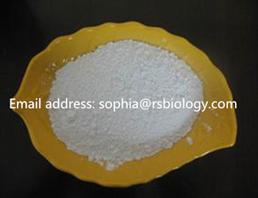Chinese name: polyethylene glycol
English Name: Poly(ethylene glycol)
CAS: 25322-68-3
Molecular formula: C9H15Br6O4P
MDL Number: MFCD06201001
Molecular weight: 697.611
Appearance: white crystal or liquid, with a slight special smell.
Appearance properties: colorless, odorless, viscous liquid or waxy solid.
Appearance: poly (ethylene oxide) and water additive polymer. Molecular weight below 700, at 20℃ for colorless odorless non-volatile viscous liquid, slightly absorbent. The molecular weight between 700 and 900 is a semi-solid. The molecular weight of 1000 and above is light white waxy solid or flake paraffin or liquid powder. Soluble in water, soluble in many organic solvents, such as alcohol, ketone, chloroform, glycerol and aromatic hydrocarbons; Insoluble in most aliphatic hydrocarbons and ethers.
With the increase of molecular weight, the water solubility, vapor pressure, water absorption and solubility of organic solvent decrease correspondingly, while the freezing point, relative density, flash point and viscosity increase correspondingly. It is thermally stable, does not work with many chemicals, and does not hydrolyze.
Solubility: soluble in water, soluble in alcohol, insoluble in ether.
Solubility: soluble in water, soluble in ethanol and other organic solvents.
Melting point: 64-66 °C
Boiling point: >250°C
Density: 1.27 g/mL at 25 °C
Vapor density: >1 (vs air)
Vapor pressure: <0.01 mm Hg (20 °C)
Refractive index: n20/D 1.469
Flash point: 270 °C
Storage conditions: 2-8°C
Solubility: H2O: 50 mg/mL, clear, colorless
Form: waxy solid
Specific gravity: 1.128
Color: White to light yellow
PH value: 5.5-7.0 (25℃, 50mg/mL in H2O)
Water solubility: soluble in water.
Sensitivity: hygroscopicity
Uses: Used in cosmetics, medicine industry, wood industry as moisturizer and so on
Uses: Used in cosmetics, pharmaceutical, chemical fiber, rubber, paper, paint, electroplating, pesticide, metal processing and food processing industries

 China
China







